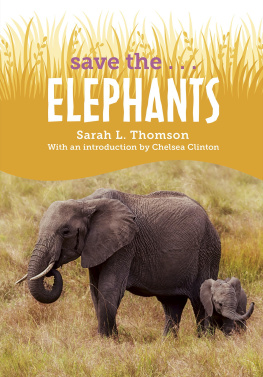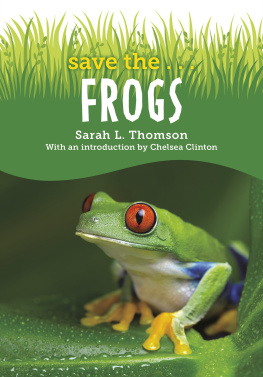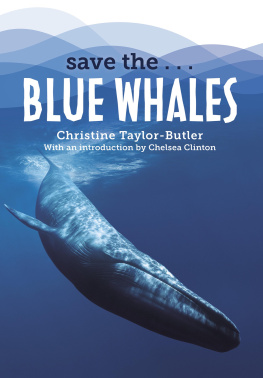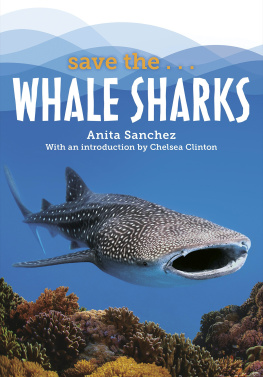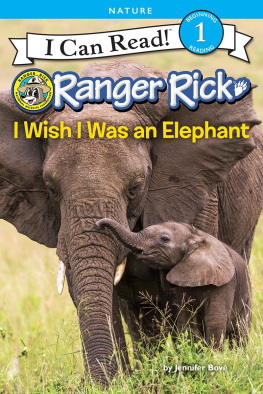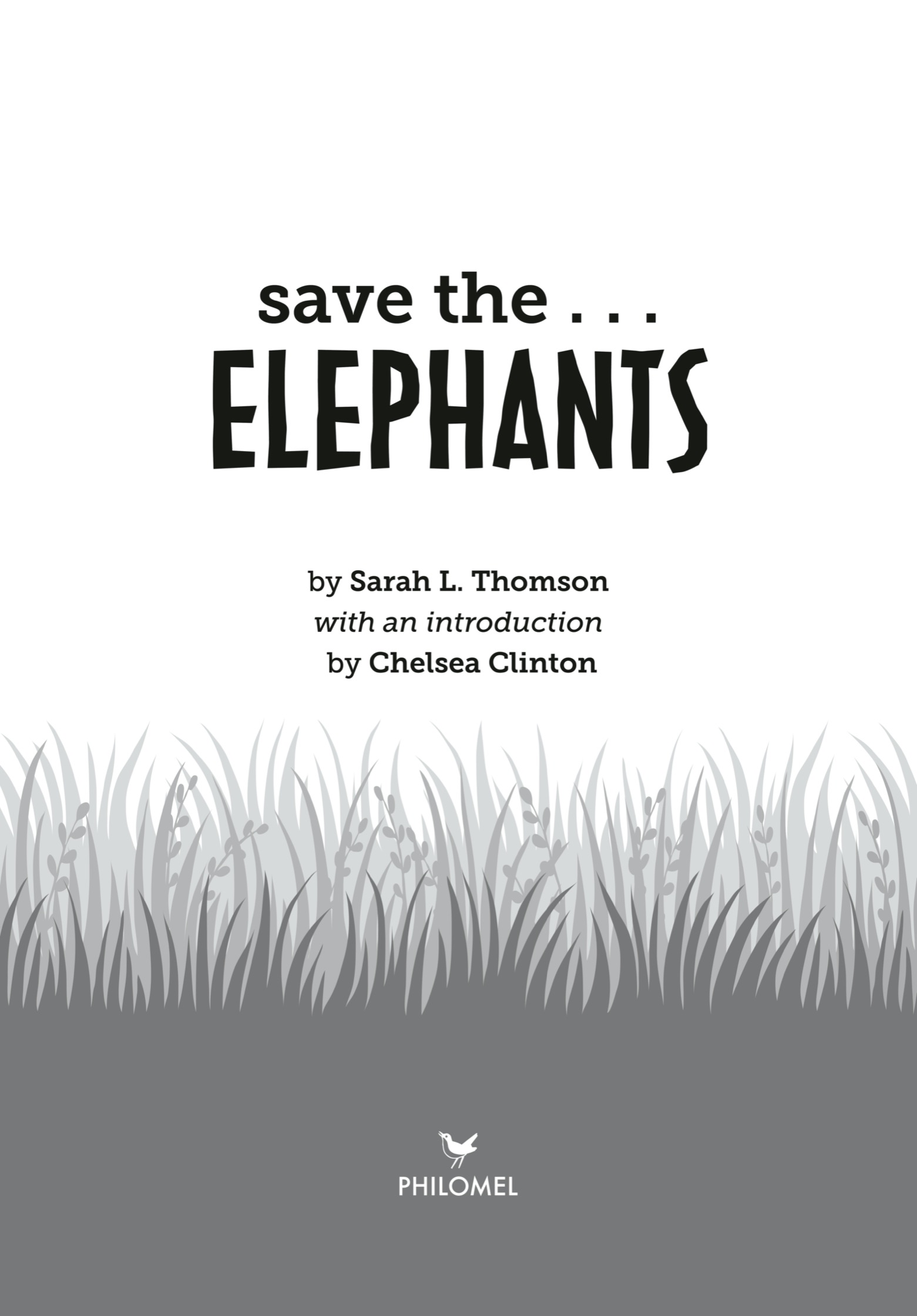PHILOMEL BOOKS
An imprint of Penguin Random House LLC, New York

First published in the United States of America by Philomel Books,
an imprint of Penguin Random House LLC, 2022
Text copyright 2022 by Chelsea Clinton
Photo credits: : Saiko3p/Adobe Stock
Penguin supports copyright. Copyright fuels creativity, encourages diverse voices, promotes free speech, and creates a vibrant culture. Thank you for buying an authorized edition of this book and for complying with copyright laws by not reproducing, scanning, or distributing any part of it in any form without permission. You are supporting writers and allowing Penguin to continue to publish books for every reader.
Philomel Books is a registered trademark of Penguin Random House LLC.
Visit us online at penguinrandomhouse.com.
Library of Congress Cataloging-in-Publication Data is available.
ISBN 9780593404232 (hardcover)
ISBN 9780593404249 (paperback)
ISBN 9780593404256 (ebook)
Edited by Jill Santopolo and Talia Benamy
Cover photo: Rixie/Adobe Stock
Design by Lily Qian, adapted for ebook by Michelle Quintero
The publisher does not have any control over and does not assume any responsibility for author or third-party websites or their content.
pid_prh_6.0_140847917_c0_r0
save the...
save the...
Blue Whales
save the...
Elephants
save the...
Frogs
save the...
Giraffes
save the...
Gorillas
save the...
Lions
save the...
Polar Bears
save the...
Tigers
save the...
Whale Sharks
Dear Reader,
When I was around your age, my favorite animals were dinosaurs and elephants. I wanted to know everything I could about triceratopses, stegosauruses and other dinosaurs that had roamed our earth millions of years ago. Elephants, though, captured my curiosity and my heart. The more I learned about the largest animals on land today, the more I wanted to do to help keep them and other endangered species safe forever.
So I joined organizations working around the world to support endangered species and went to our local zoo to learn more about conservation efforts close to home (thanks to my parents and grandparents). I tried to learn as much as I could about how we can ensure animals and plants dont go extinct like the dinosaurs, especially since its the choices that were making that pose the greatest threat to their lives today.
The choices we make dont have to be huge to make a real difference. When I was in elementary school, I used to cut up the plastic rings around six-packs of soda, glue them to brightly colored construction paper (purple was my favorite) and hand them out to whomever would take one in a one-girl campaign to raise awareness about the dangers that plastic six-pack rings posed to marine wildlife around the world. I learned about that from a book50 Simple Things Kids Can Do to Save the Earthwhich helped me understand that youre never too young to make a difference and that we all can change the world. I hope that this book will inform and inspire you to help save this and other endangered species. There are tens of thousands of species that are currently under threat, with more added every year. We have the power to save those species, and with your help, we can.
Sincerely,
Chelsea Clinton
CONTENTS
JUNGLES, GRASSLANDS, AND TEMPLES:
WHERE ELEPHANTS LIVE
An elephant isnt hard to spot. Its the biggest animal that lives on land. If youre going to look for one, youd better head to the grasslands or forests of Africa or to the jungles of Southeast Asia.Youll find a different kind, or species, of elephant in each place.
Elephants in Africa
Once there were elephants in all of Africa south of the Sahara. Today elephants live in only thirty-seven of Africas fifty-four countries, as far north as Mali and as far south as the nation of South Africa. Elephant habitats, or the places they can safely live, have shrunk in half over the last forty years.
You can tell an African elephant by its flapping earsthey are shaped a little like the continent of Africa itself. And if you get close enough to peer at its trunk, youll see that the African elephant has two flexible parts on the end. It can use these just like you use a finger and a thumbto pick up something small.
African savanna elephants are the biggest elephants around. Theyre also called bush elephants, and they can be ten or even thirteen feet tall at the shoulder, and their heads are higher still! The biggest ones weigh around seven tons. Thats about as much as three pickup trucks.
African forest elephants are a little smaller. They weigh about five and a half tons, a little more than two pickup trucks.
Being about the same weight as a Tyrannosaurus rex has some advantages for an animal like an elephant. There arent many predators who want to tackle a seven-ton animal. At a water hole or a lake, other animals make way. If the elephant spots some leaves at the very top of a tree that would be out of reach for most? No problemit can stretch its trunk and snatch those leaves up.
Food that is out of reach for many animals is easy for elephants to grab.
But there is one problem with being so big. Elephants need to eat a lot, around 300 pounds of food a day. (If you had an elephants appetite, you could eat about 330 apples for breakfast, 400 hot dogs for lunch, and 400 plates of spaghetti for dinnerand then do that all again the next day.) Eating is pretty much an elephants full-time job. It can spend sixteen hours a day munching food.
So the right habitat for an elephant must have a lot of food available. What kind of food? Plants. Elephants are herbivores. They do not eat meat.
To get enough food, elephants need to live somewhere warm where plants can grow all year round. The best habitat for an elephant is around ninety-five degrees Fahrenheit most of the time.
An African forest elephant spends its time in rain forests, eating leaves, fruits, seeds, branches, and bark. The forest trees and bushes provide all the food that this elephant needs.
An African savanna elephant eats grass, leaves, bark, and sometimes even trees that arent too big. Theyll eat fruit, flowers, and nuts as well. These elephants may live in forests, and they can also be found in deserts. (Even in a desert, elephants can find enough food. Desert elephants often prefer to eat grass during the rainy season and trees when its dry.)
Many savanna elephants live on wide, grassy plains calledyou guessed itsavannas. There they wander, sometimes for hundreds of miles a year, eating as they go.

